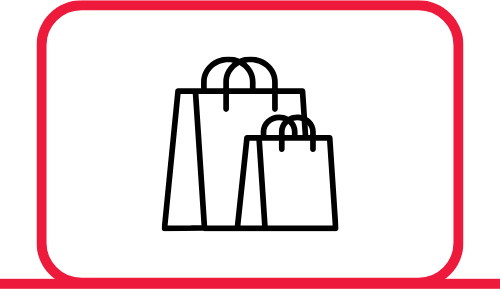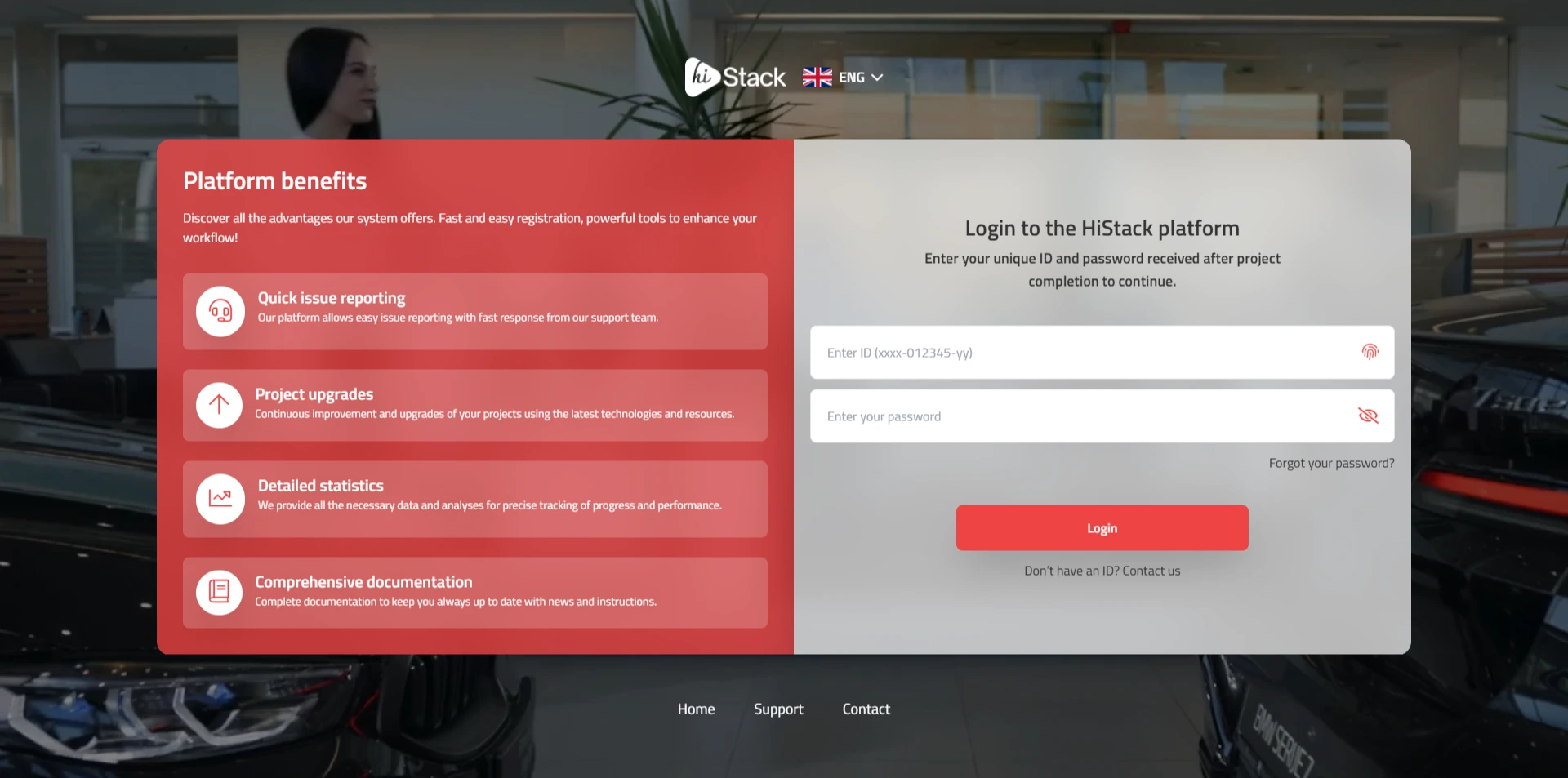
Introduction
Proper preparation of materials is key to a fast and efficient start on your project. When you have clearly defined guidelines, you not only speed up the development process but also ensure the final result meets your expectations. In this guide, we’ll show you how to prepare all necessary materials to make our collaboration as productive as possible.
1. Defining Project Goals
Before you start gathering materials, it’s important to clearly define your project goals. Ask yourself the following questions:
- 1. What do you want to achieve with this project?
- 2. What is the main message you want to convey?
- 3. Who is your target audience and how do you want to engage them?
When you have clearly defined goals, it’s easier to choose the right content and design direction.
2. Preparing Visual Materials
A strong visual identity plays a key role in attracting attention and strengthening brand recognition. Before we start working, it would be helpful to prepare the following elements:
- 1. Logo in vector format (SVG, AI, EPS).
- 2. Primary and secondary brand colors.
- 3. Typography (fonts you use or prefer).
- 4. Photos and illustrations you want included in the design.
If you don’t have these materials ready, our team can assist in creating them.
3. Content Structure
A clear and logical content structure enables your project to develop efficiently. We recommend preparing:
- 1. Main sections or pages you want to have.
- 2. Texts for each section (headings, descriptions, key messages).
- 3. Call-to-action messages that will encourage user interaction.
If you don’t have ready texts, we can help you create or optimize content.
4. Functional Requirements
To create a solution that fits your needs, it's important to define the functionalities you want. Consider the following questions:
- 1. Do you need a contact form?
- 2. Are you planning integration with external services (CRM, newsletter, e-commerce)?
- 3. Which interaction options are important to you (animations, filters, advanced navigation)?
Clearly defining these aspects allows us to develop the optimal solution for your project.
5. SEO and Marketing Materials
To make your project visible on search engines, you need to prepare certain SEO materials:
- 1. Keywords important for your brand or industry.
- 2. Meta descriptions and titles for main pages.
- 3. Blog posts or articles (if you plan a content marketing strategy).
Also, if you already have social media, prepare materials for integration with them.
6. Reference Examples and Inspiration
If you have projects or websites you like, share them with us. This can include:
- 1. Visually appealing websites.
- 2. Specific functionalities you want.
- 3. Design elements that reflect your brand.
These examples help us tailor the design and features exactly to your needs.
7. Organization and Delivery of Materials
To ensure an efficient workflow, we recommend organizing all materials as follows:
- 1. Use Google Drive, Dropbox, or another file sharing service.
- 2. Create folders for different types of materials (logo, images, texts, references).
- 3. Give files meaningful names so we can easily find relevant information.
Well-organized materials speed up development and minimize the chance of errors.
8. Flexibility and Adaptation
During development, it's common for adjustments to happen on the fly. That’s why it’s important to leave room for changes and optimizations. If you realize you want to add new elements or change the approach during the process, you can always consult with us to find the best solution.
Our team is ready to adapt the project to your needs, but it’s helpful to have a basic structure in place to avoid unnecessary delays and changes that can increase costs and extend delivery time.
9. Long-term Strategy and Future Development
Once the project is completed, it’s important to think about its ongoing development and maintenance. Planning ahead can help you avoid technical obstacles and ensure steady growth.
If you plan to expand functionalities in the future, it’s good to mention them from the start so we can design a scalable solution. Also, regular content updates and analytics monitoring allow you to optimize your project and improve user experience.
Conclusion
Protecting your website from hackers is an ongoing process that requires constant attention and dedication. By applying these security tips, you can significantly reduce the risk of attacks and maintain the safety of your data and users. While no protection is 100% foolproof, these measures will help you build a strong defense and lower the chances of a successful breach.








